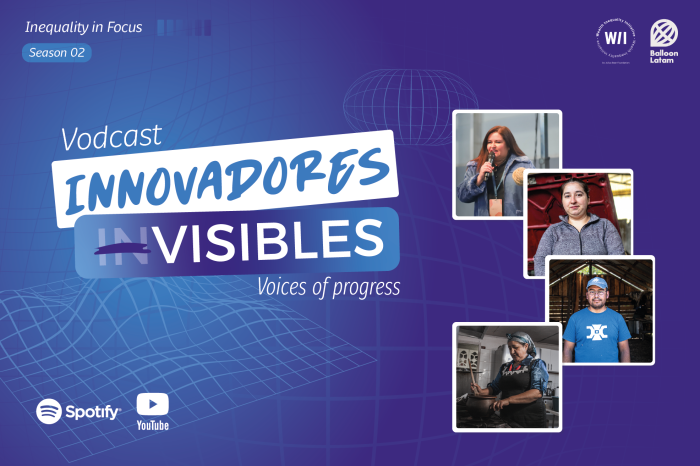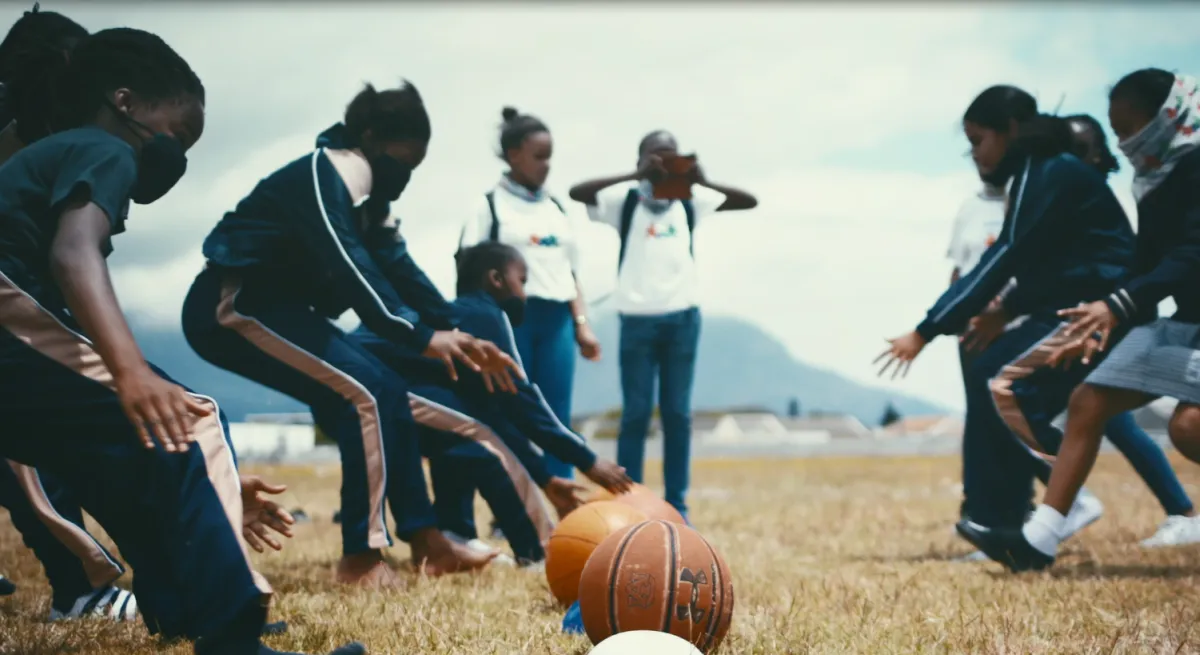
Forging partnerships between underprivileged and privileged schools, laying the foundation for future respect and minimising the development of uncoscious bias.
-33.91669617917, 18.6560594
1st
South Africa ranks first in the world for wealth inequality, with a Gini coefficient of 0.63.[1] 71% of South African wealth is held by the richest 10% of its population.[2]
13 million children
are among the 55.5% of South Africans who live in poverty.[3]
52%
of children who started school in 2006 reached Grade 12 by 2019.[4] In most OECD countries, this figure ranges from 75-92%.[5]
I also learned how they are more the same as me instead of different.
Our Commitment
The Julius Baer Foundation and Christel House are joining forces to:
- forge solid partnerships with other schools, establishing meaningful regular exchanges between South African youth who attend privileged and underprivileged schools.
- allow participants to develop enduring, more equal relationships.
- develop diverse social, academic, and professional networks that can lead to more diverse workplaces, healthier communities, and a stronger economy.
- allow the students to develop skills, habits, and networks that they need to build a secure and healthy future.
Christel House South Africa is a non-profit school with a single mission: to break the cycle of poverty for Cape Town’s most vulnerable children through education that is:
- free
- character based
- career focused
- aimed to poverty mitigation

Its holistic approach to educating students from 20 of the city’s most marginalised communities includes:
- no-fee scholarships
- transport to and from school
- health care
- meals
- psychosocial counselling
- family assistance, and
- career advising
With a limit of 60 students per grade and 30 students per class, the school ensures a high-quality learning environment.
- 987 students are enrolled annually
- 3795 additional people, including students’ parents and other community members, benefit indirectly each year.
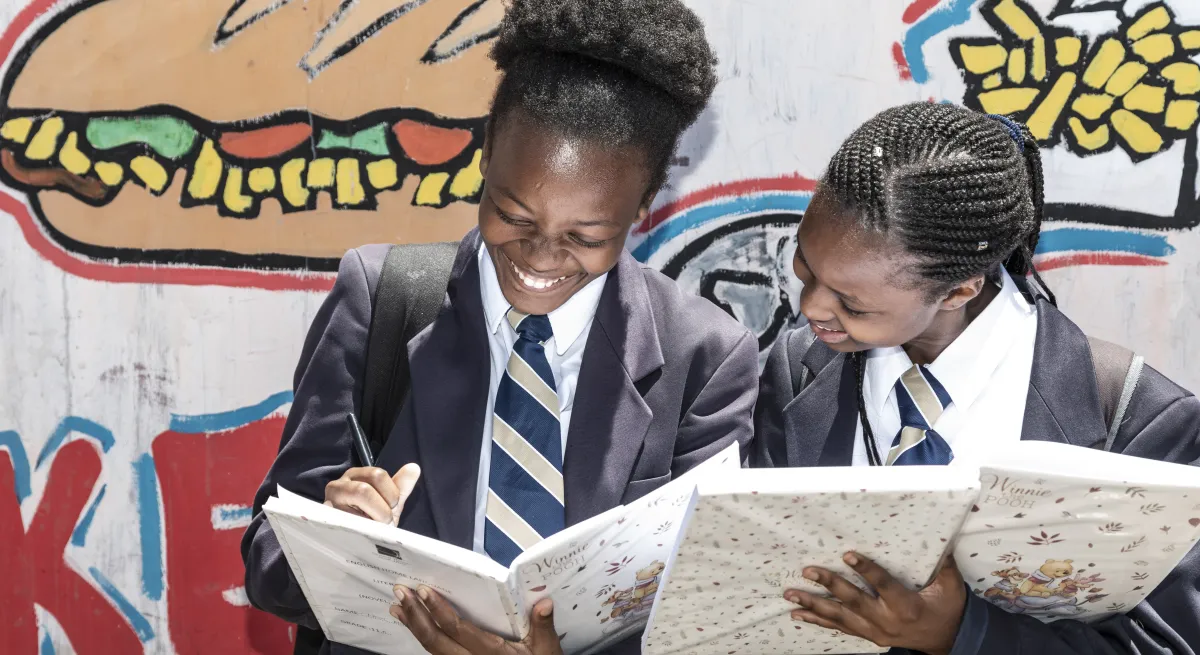
Christel House’s impact can be seen in the academic achievement of its students:
- 93% of matriculants go on to tertiary education or employment;
- 99% of matriculants graduate from Grade 12; and there has been a
- 400% improvement in educational achievement benchmarking results in Maths and English for students in Grades 3, 6, and 9, compared with schools that students would otherwise have attended.
English is the language of instruction at Christel House. Although most students are non-English speakers when they arrive, they achieve fluency through immersion and extra support. Teaching time in Languages and Maths exceeds Western Cape Education Department guidelines by 30%.
The Julius Baer Foundation supports Christel House in establishing exchange programmes with schools serving communities of privilege — one such example being a recent ‘Derby Day’:
- Children from four different schools in Cape Town — Rondebosch Boys' Preparatory School, Mzamomtsha Primary School, Die Duine Primary School, and Christel House — gathered for a pilot Derby Day.
- Its success demonstrated the need for future events that allow children to build friendships across the wealth devide.
- In a workshop facilitated by the Julius Baer Foundation, the four schools developed a mutual roadmap for collaboration.
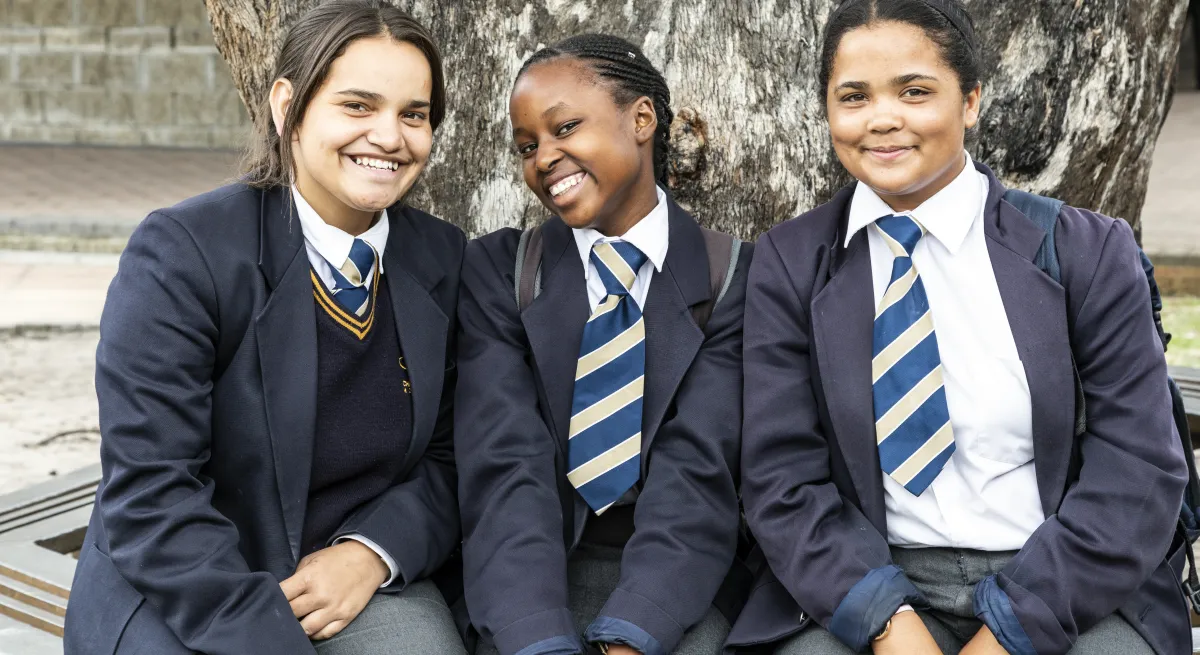
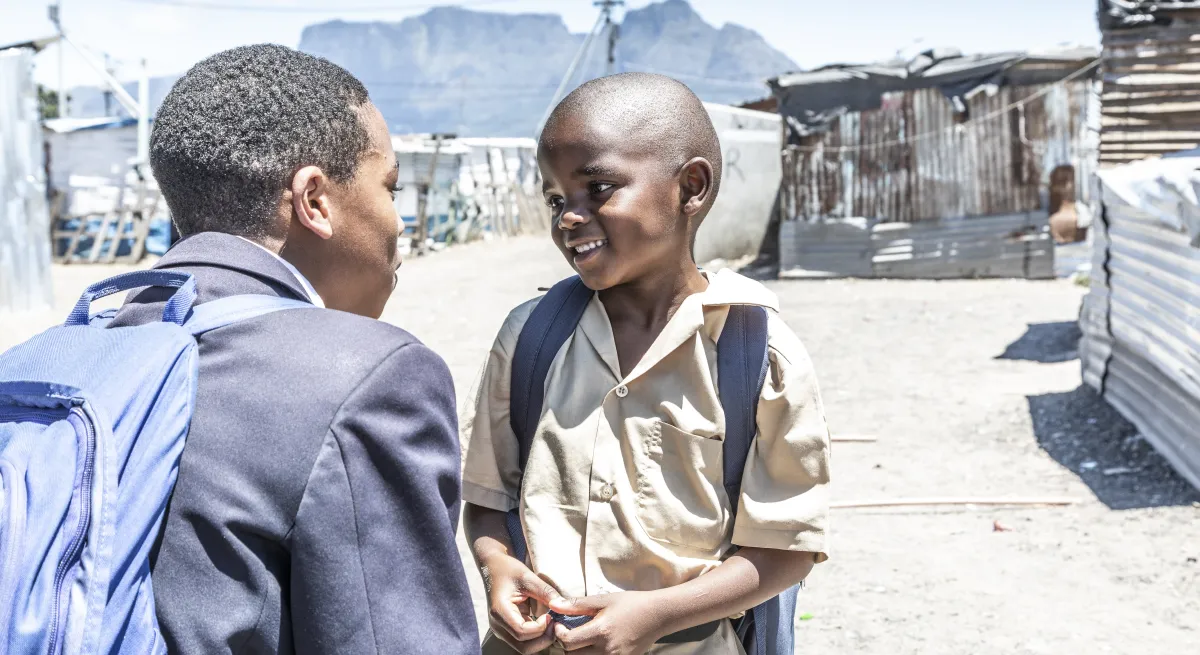
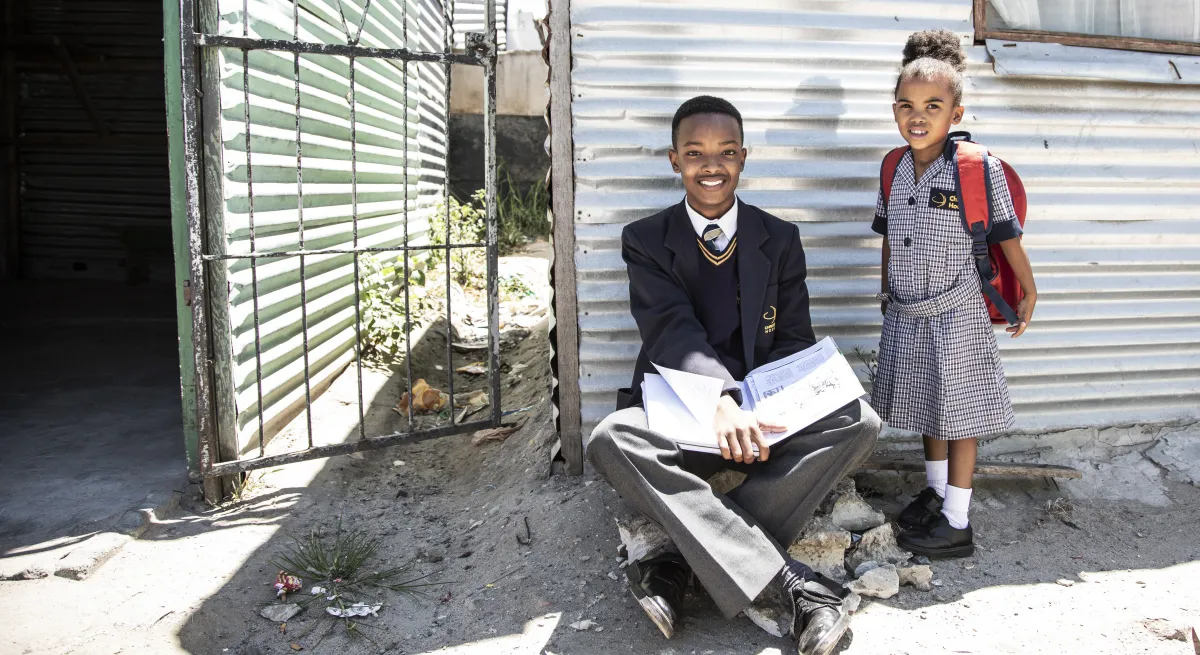
Become a Changemaker
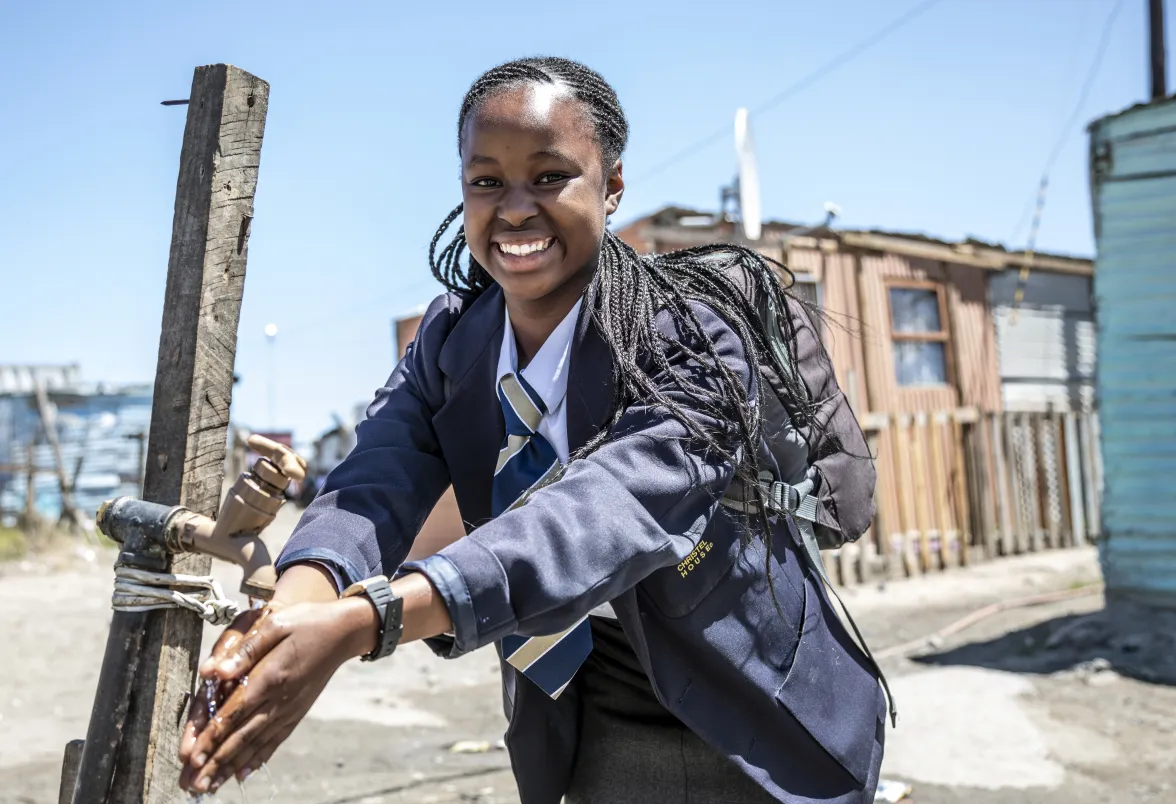
Make an impact that lasts a lifetime — discover opportunities at Christel House to donate, volunteer, work, and learn.
[1] Source: World Bank:
https://data.worldbank.org/indicator/SI.POV.GINI?locations=ZA
[2] Statistics South Africa. 2015. Poverty trends in South Africa: An examination of absolute poverty between 2006 and 2015, 2017. Accessed on 7 May 2021 at:
https://edition.cnn.com/2019/05/07/africa/south-africa-elections-inequality-intl/index.html
[3] www.statssa.gov.za/?p=10334; and Statistics South Africa. 2015. Poverty trends in South Africa: An examination of absolute poverty between 2006 and 2015, 2017. Accessed on 7 May 2021 at:
https://edition.cnn.com/2019/05/07/africa/south-africa-elections-inequality-intl/index.html
[4] Department of Basic Education, Republic of South Africa. Education statistics in South Africa 2013. Pretoria: Department of Basic Education, Republic of South Africa; 2015. Accessed on 7 May 2021 at:
[5] https://data.oecd.org/students/secondary-graduation-rate.htm
[6] https://www.juliusbaer.com/fileadmin/campaigns/JBF_Factsheet_Christel_House_EN.pdf Accessed on 7 May 2021.

